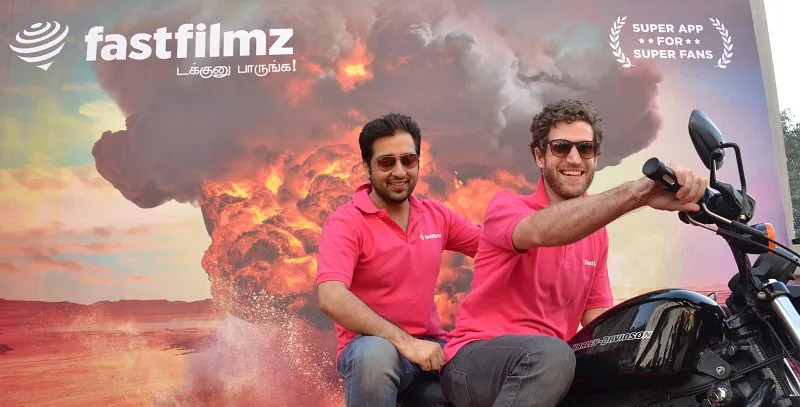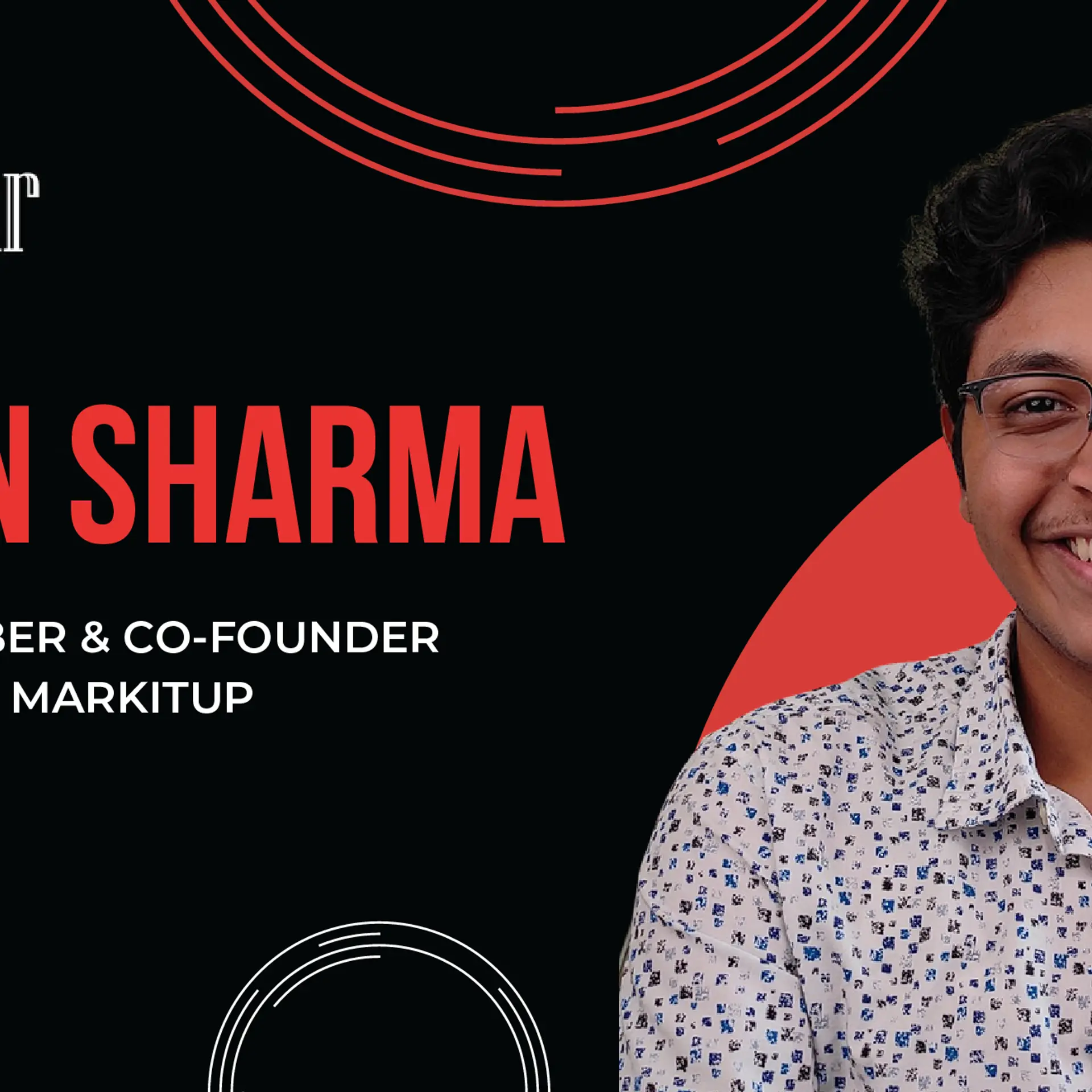Fastfilmz builds technology to compress and provide HD quality films at cheap rates on smartphones
Selvam Gounder is a car driver for hire in Salem, a prominent industrial city in Tamil Nadu, and he loves watching movies, like most of us in India. He has installed a DVD and movie player in his car and would watch movies while waiting for his customers. Every two months, he walks up to the local pirate DVD store and pays Rs 100 to transfer three new cinema titles onto his pen drive. After he treated himself to a smartphone last year he has given up the DVDs, and instead watches the movies on his phone by transferring the movies using a secure digital card. However, he still pays the same amount to watch a camera print title, and piracy is still rampant.
With this as the background of their research, two guys living in England decided to use technology that could compress a video ten times better than an MPEG format for video quality, and beam a movie over their cloud architecture, which could manipulate data packets for low-speed connections and ensure that Manickyam could watch an original print title without having to store it on the phone.
What more, the duo created a great business proposition for the consumer: just pay Rs 30 a month and download as many movies as you like and that too in HD format.
Karam Malhotra and Dominic Charles, the founders of Fastfilmz, were working as senior analysts –and were covering the media industry for a globally reputed consulting company in London when the entrepreneur bug bit them in 2014. They were impressed by the technology of a firm called V-Nova whose compression technology called 'Perseus' used parallel processing computing to deliver video and other forms of data in less time over bandwidth constrained networks. MPEG or Moving Pictures Expert Group video standards are not built for bandwidth-constrained networks and will usually have blurred quality in low data networks. “We licensed this technology and decided to move to India with the hypothesis that we could build a platform for Indians to watch their favourite movies on the phone at the lowest costs and in high quality,” says Karam.
The two of them also have a studious streak. Karam graduated from Delhi University and Dominic Charles went to Oxford to study literature. Both also moved to the USA to pursue a management degrees in the Kellogg School of Management (Karam) and Harvard Business School (Dominic Charles).

Hard research
The duo chose Bengaluru as their research centre, but their test bed was Tamil Nadu. They conducted social research in six cities to understand movie-consuming habits and the price people would pay to download them. The results were startling. The test participants said that they would pay for good titles and mentioned that the smartphone was a good medium to experience movies, provided the movie downloads did not result in high data costs. This is where the technology of Fastfilmz could become a winner and bring in customers. With their test results of more than 1,000 respondents Fastfilmz began to build their company’s technology.
They created the backend that could support multiple titles and languages and support millions of users. They created the user interface that catered to local needs. Simultaneously, they spoke with several studios to host their titles on FastFilmz and the response was great till they disclosed their business model to studios. “We went with a pricing model that was meant for majority of India and Indians use pre-paid plans. Many studios did not get our approach,” says Dominic. He adds that studios wanted the company to charge more than Rs 250 and cap the number of films that could be viewed. The studios also gave them content that was substandard. They finally convinced the studios of the benefits of working with a startup because the technology allowed a new way to distribute content and the content could be monetised.
“For over-the-top or OTT television to succeed pricing will determine the traction and manage data costs of pre-paid mobile users,” adds Dominic.
OTT is a format where the Internet becomes the primary distribution mechanism. A content company need not spend on distribution tie-ups with satellite and cable companies. In this format the mobile, the app and the network are disruptive elements for the future of content consumption.
The business model of the company is to do a revenue share with the studios, where the studio gets a high percentage of the cost. The movies once downloaded can be viewed on an offline mode. The company is yet to make significant revenues and did not want to disclose the number of customers.
“OTT is the future for studios who want to monetise their content,” says Karam.
The business merits
Technology is a differentiator for Fastfilmz. But it needs to add more hit-making titles in its catalogue, because more the choices, the better it is to attract customers. The company is yet to raise a round of funding and the founders have put in their own savings to kick-start operations and have angel investments from high net-worth individuals.
“There is no doubt that the Internet and the cloud is going to play a major role in the distribution of content across the world. Mobile-based video content delivery is the future of business,” says Baskar Subramanian, Co-founder, Amagi Media Labs.
The company may need to raise a Series-A round quickly and scale this platform across various languages. Being a consumer business it perhaps needs to spend on marketing after it achieves 50,000 downloads. After all, there are 75 million Telugus and 38 million Kannada speakers. For now the experiment is with 75 million Tamils. The company is beginning its big jump with South Indian cinema as the test bed before moving onto Bollywood.







